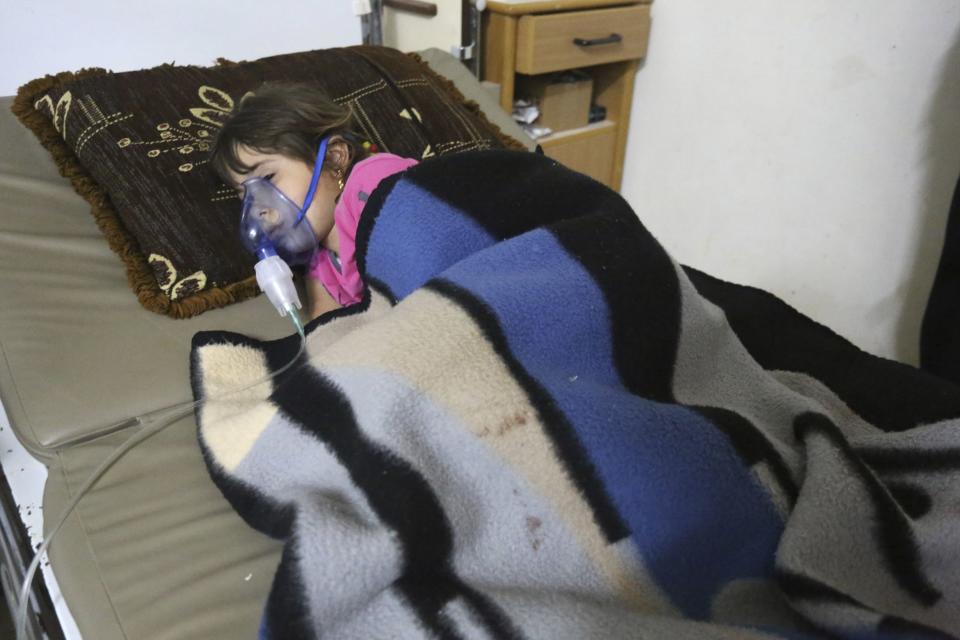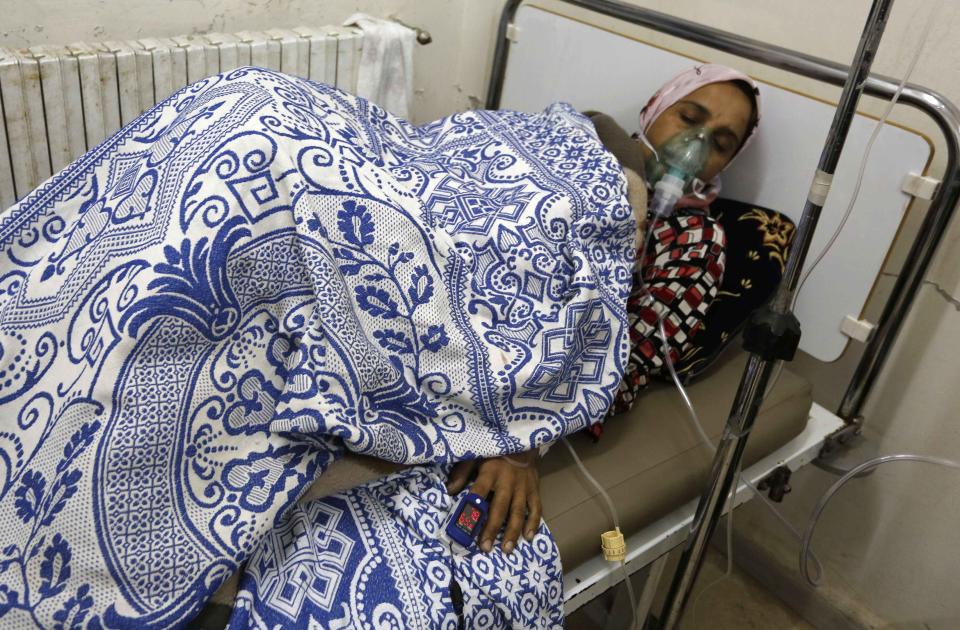Watchdog says has evidence of chlorine attacks in Syria
AMSTERDAM (Reuters) - Inspectors from the global chemical weapons watchdog have found "compelling evidence" that chlorine gas was used "systematically and repeatedly" as a weapon in northern Syria this year, it said in a statement on Wednesday. The Hague-based Organization for the Prohibition of Chemical Weapons (OPCW) said there had been a "spate of new allegations" of chlorine attacks in August, after a reduction in reported attacks since May. Syrian President Bashar al-Assad agreed to hand over 1,300 tonnes of chemical weapons and destroy production and storage facilities last year under a deal that averted threatened U.S. military strikes. The bulk of the chemicals have been destroyed on a U.S. ship and at commercial toxic waste processing facilities. Damascus still has to destroy 12 hangars and underground weapons facilities and clarify a series of discrepancies in the list of poisonous munitions it filed with the OPCW. Even as some of the chemical weapons were being destroyed abroad, attacks with toxic agents were being reported in Syrian villages, leading to accusations from Western governments that Assad had not fully declared his arsenal. Syria agreed to destroy its chemical weapons a year ago following global outrage over a sarin gas attack in Ghouta, a suburb of Damascus, in August 2013 that killed hundreds - the worst attack of its kind for quarter of a century. The government and rebels blamed each other for that attack. Western powers blame Assad and Russia says rebels were likely to have been responsible. The OPCW team said it had concluded "with a high degree of confidence that chlorine, either pure or in mixture, is the toxic chemical in question" in the recent reported attacks. Although chlorine is not a prohibited substance, its use as a chemical weapons is prohibited under the 1997 Chemical Weapons Convention, which Syria joined a year ago this week. Chlorine was used in attacks on the villages of Talmanes, Al Tamanah and Kafr Zeta, all located in northern Syria, the OPCW's report said. [ID:nL5N0RB2GV] After coming under attack while doing field work in Syria, where a civil war has killed more than 191,000 people, the team based its research on dozens of interviews with victims, physicians and witnesses. It also used video material, medical records and other evidence. It did not say which side in the conflict had used chemical weapons in the battlefield. (Reporting by Thomas Escritt; and Anthony Deutsch; Editing by Louise Ireland)


